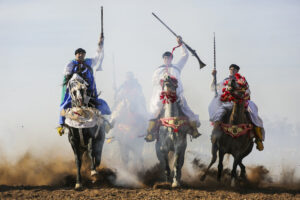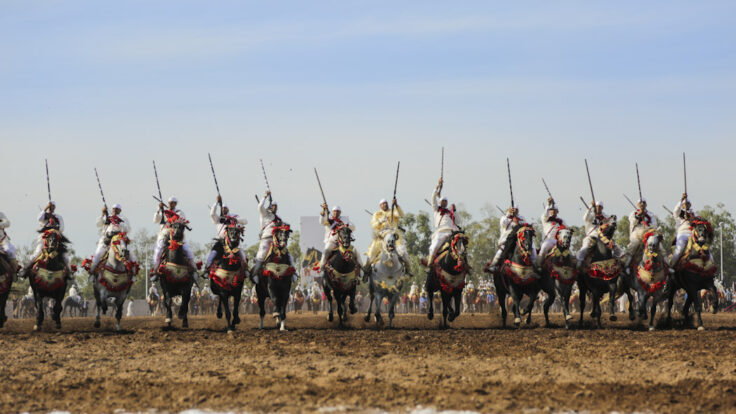The UN’s department of science and culture has just added 39 new traditions, customs and habits to its intangible heritage list. It compiles and celebrates elements of culture from around the world in order to protect them and prevent them from being forgotten or erased. And a series of Arab traditions have made it onto the list.
These new listings marked a pioneering first for several nations. Montenegro, RDC, Denmark and the Seychelles were amongst the few names in the pool of first-timers. This updated version also saw many being added from the Arab World.
Over 15 countries have cultural assets included with one common practice attributed to the whole region: Arabic calligraphy. Morocco had two individual entries with Boudica, a traditional exhibition of horsemanship and Falconry; Syria, Iraq and Palestine carrying one each with Al-Qudoud al-Halabiya music, Traditional craft from Al-Naoor and Palestinian embroidery.
Putting the spotlight on the region’s richness, the list will aim at protecting “the wealth of knowledge and skills that is transmitted through one generation to the next”. This is the second wave of additions this year as last July saw the inclusion of Madrid’s Retiro Park and Trans-Iranian Railway.
7 new practices from the region are to explore and/or discover and we’ve listed them all for you just below:
Arabic Calligraphy: Saudi Arabia, Algeria, Bahrain, Egypt, Iraq, Jordan, Kuwait, Lebanon, Mauritania, Morocco, Oman, Palestine, Sudan, Tunisia, United Arab Emirates, Yemen.
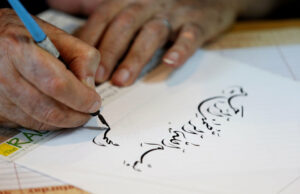
Falconry: United Arab Emirates, Morocco, Qatar, Saudi Arabia, Syrian Arab Republic.

Fjiri: Bahrain

Traditional craft skills and arts of Al-Noor: Iraq
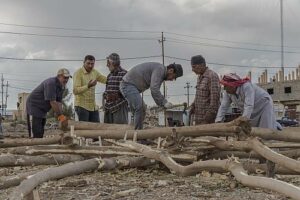
The art of embroidery practices, skills, knowledge and rituals: Palestine
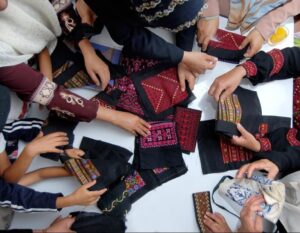
Al-Qudoud al-Halabiya: Syria
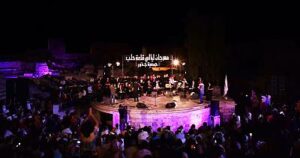
Tbourida: Morocco
